




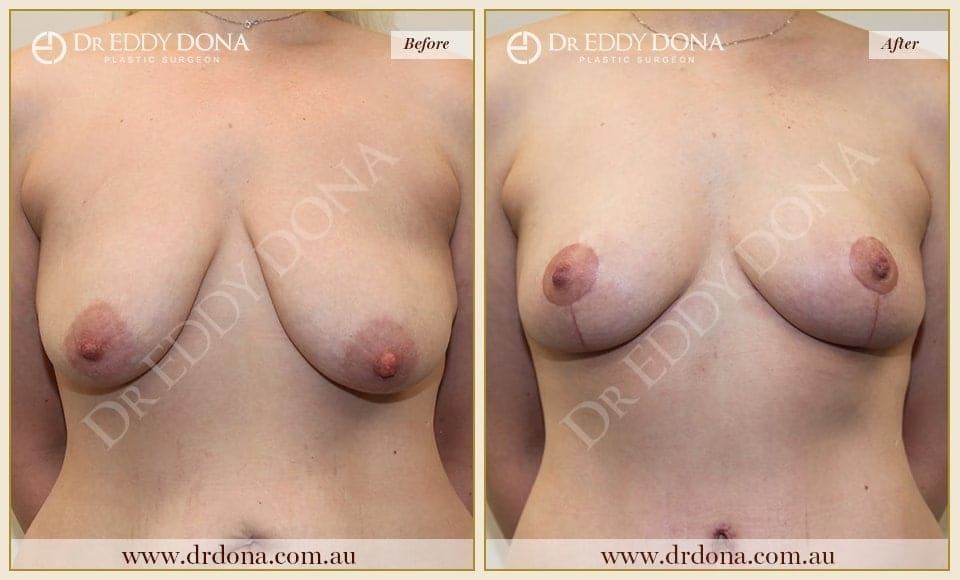













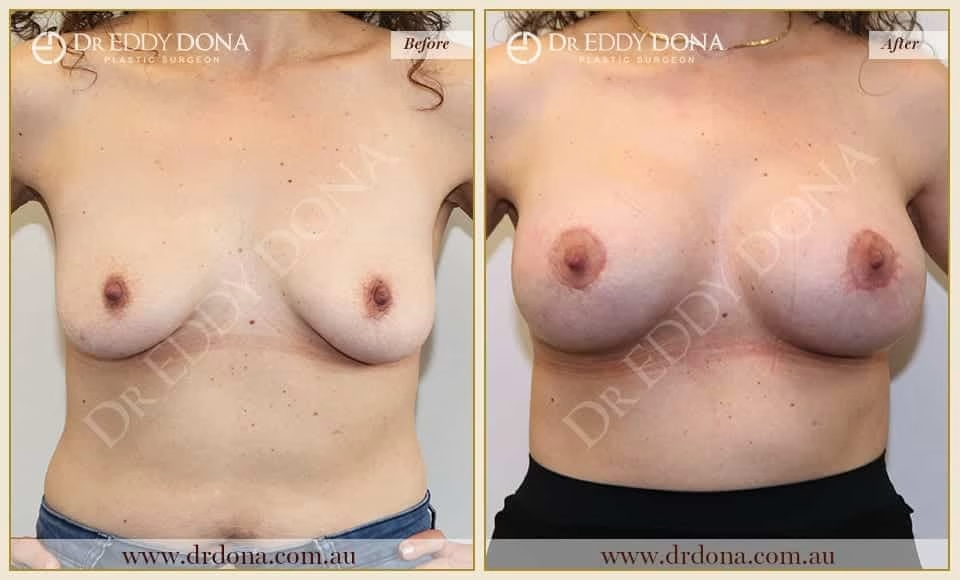

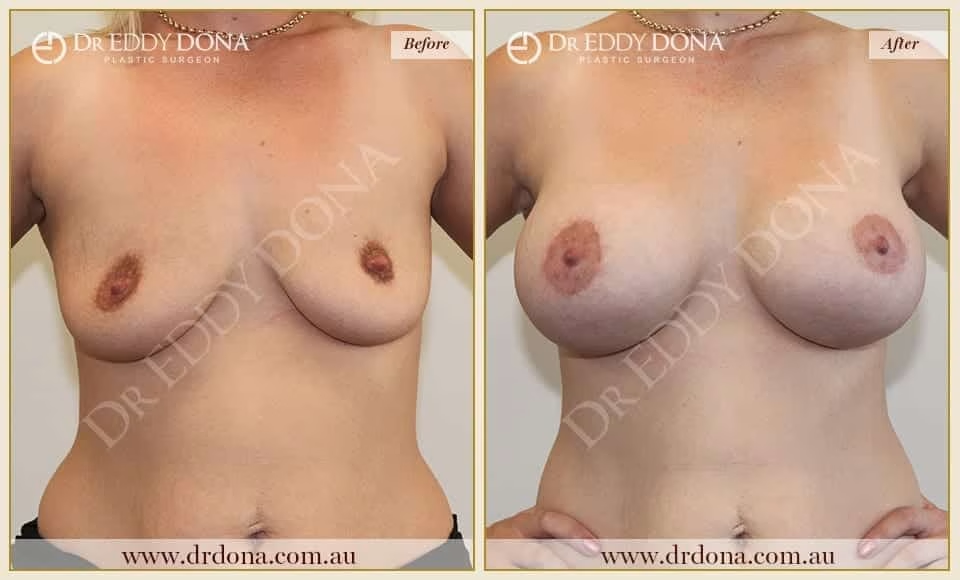








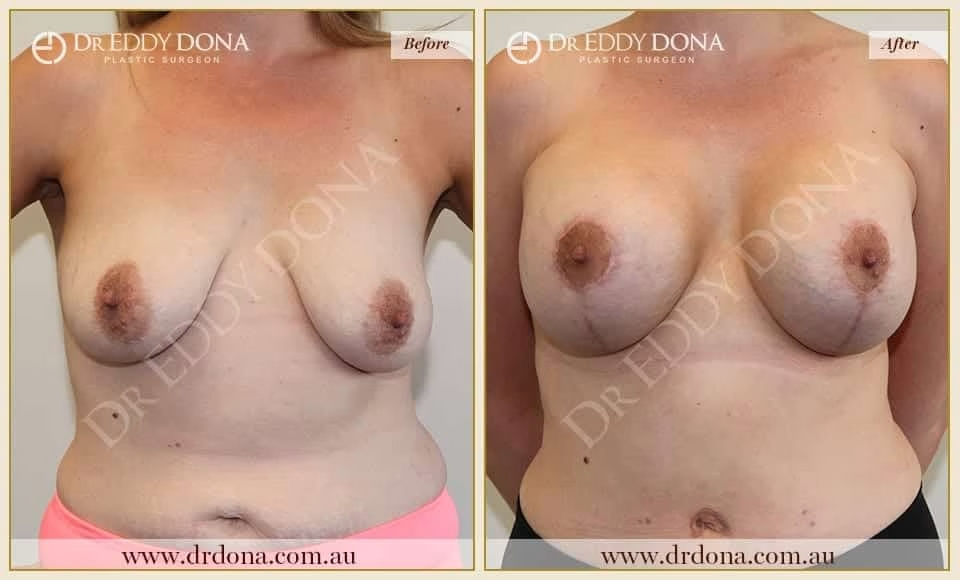

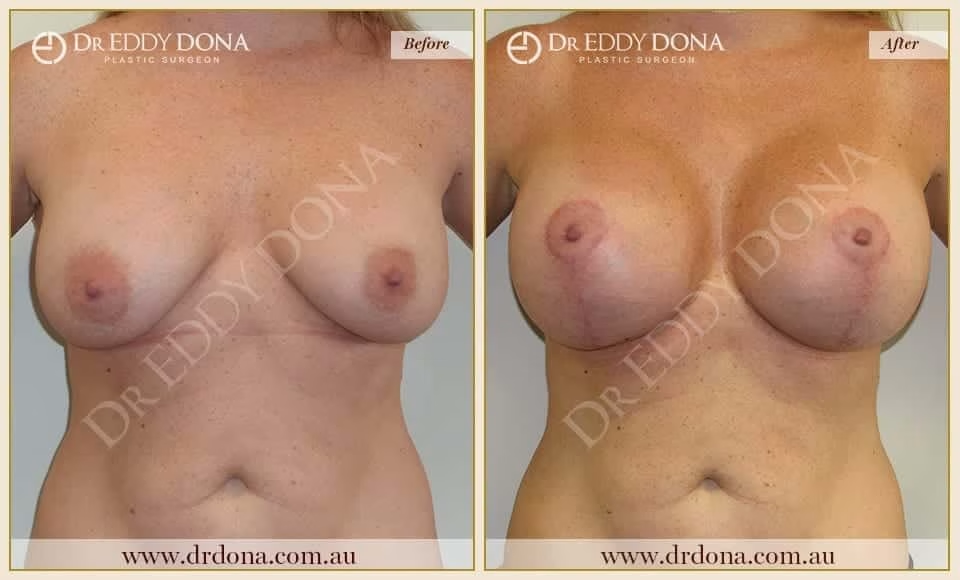

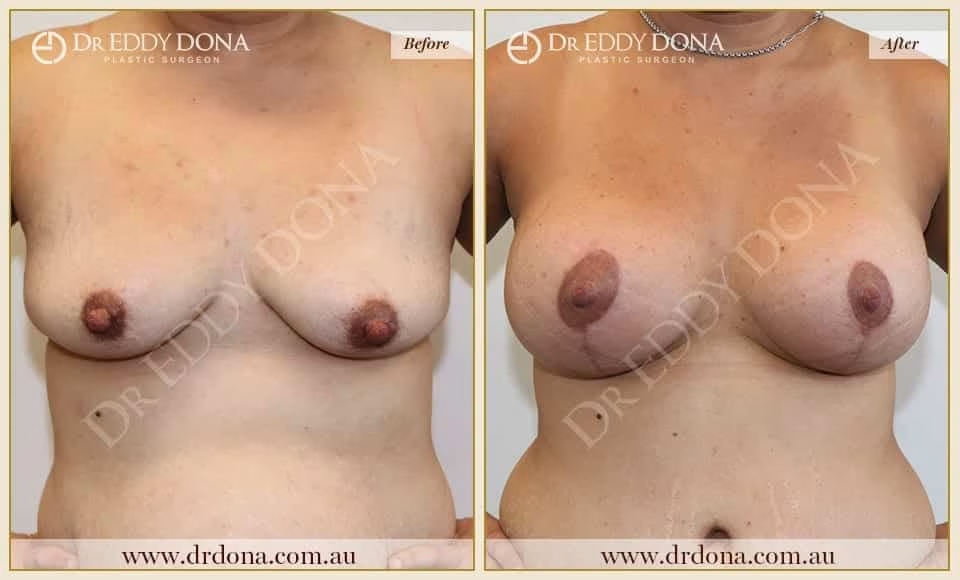








22yo, 168cm, 57kg, 0 Children
44yo, 157cm, 75kg, 2 Children
39yo, 175cm, 69kg, 4 Children
37yo, 168cm, 74kg, 1 Child
Patient had combined Tummy Tuck Procedure
45yo, 156cm, 55kg, 2 Children
Patient had combined Tummy Tuck Procedure
33yo, 168cm, 75kg, 2 Children
Patient had combined Tummy Tuck Procedure
43yo, 160cm, 80kg, 2 Children
23yo, 163cm, 55kg, 0 Children
23yo, 173cm, 66kg, 0 Children
26yo, 155cm, 58kg, 0 Children
325cc Round, Moderate Plus Profile, Dual Plane
Anchor Scar Breast Lift with Capsulectomy and Removal 300cc Saline Implants
685cc Anatomical, High Profile, Subglandular
37yo, 160cm, 78kg, 2 Children
600cc Round, High Profile, Dual Plane
38yo, 170cm, 79kg, 2 Children
400cc Round, Moderate Plus Profile, Subglandular
29yo, 170cm, 68kg, 2 Children
470cc Round, Moderate Profile, Subglandular
21yo, 154cm, 57kg, 0 Children
420cc Anatomical, Moderate Plus Profile, Dual Plane
25yo, 160cm, 60kg, 2 Children,
390cc Anatomical, High Profile, Dual Plane
32yo, 160cm, 55kg, 2 Children
Right 330cc Left 390cc Round, Moderate Profile, Dual Plane
29yo, 165cm, 53kg, 4 Children
Right 460cc Left 420cc Round, Full Profile, Dual Plane
32yo, 165cm, 62kg, 2 Children
330cc Round, Moderate Profile, Dual Plane
31yo, 165cm, 62kg, 4 Children
445cc Anatomical, Extra Full Profile, Dual Plane
28yo, 160cm, 57kg, 1 Child
620cc Round, Extra Full Profile, Dual Plane
25yo, 165cm, 65kg, 2 Children
560cc Round, Full Profile, Dual Plane
37yo, 162cm, 60kg, 1 Child
460cc Textured, Moderate Profile, Dual Plane
36yo, 152cm, 56kg, 3 Children
560cc Full Projection, Dual Plane
32yo, 172cm, 64kg, 3 Children
560cc Round, Full Profile, Dual Plane
38yo, 158cm, 55kg, 4 Children
560cc Round, Full Profile, Dual Plane
41yo, 167cm, 61kg, 2 Children
415cc Round, Full Profile, Dual Plane
34yo, 165cm, 64kg, 3 Children
450cc Round, Full Profile, Dual plane
35yo, 170cm, 74kg, 2 Children
520cc Left 560cc Right Round, Full Profile, Dual Plane
25yo, 164cm, 63kg, 0 Children
520cc Round, Full Profile, Dual Plane
30yo, 160cm, 60kg, 3 Children
525cc Round, Extra Full Profile, Dual Plane
32yo, 167cm, 70kg, 3 Children
560cc Round, Extra Full Profile, Dual Plane
35yo, 180cm, 79kg, 1 Child
695cc Round, Full Profile, Dual Plane
35yo, 160cm, 68kg, 3 Children
385cc Round, Full Profile, Dual Plane
47yo, 165cm, 70kg, 4 Children
360cc Round, Full Profile, Dual Plane
28yo, 156cm, 48kg, 2 Children
390cc Round, Full Profile, Dual Plane
41yo, 164cm, 64kg, 3 Children
460cc Round, Full Profile, Dual Plane
23yo, 167cm, 63kg, 2 Children
520cc Round, Extra Full Profile, Dual Plane
28yo, 160cm, 47kg, 3 Children
420cc Round, Extra Full Profile, Dual Plane
37yo, 157cm, 62kg, 4 Children
420cc Round, Full Profile, Dual Plane
38yo, 165cm, 52kg, 1 Child
420cc Round, Full Profile, Dual Plane
41yo, 152cm, 56kg, 2 Children
520cc Round, Full Profile, Dual Plane
31yo, 168cm, 60kg, 0 Children
355cc Anatomical, Moderate Profile, Dual Plane
This website contains surgical content that are only suitable for audiences 18+. The displayed before and after pictures are provided as an educational tool to demonstrate some of the results achievable from plastic surgery. All surgeries on this page are performed by Dr Eddy Dona and are published with the written consent by the patients. Results may vary due to many factors including an individual’s genetics and lifestyle. All surgery carries risks and requires recovery time. LEARN MORE
A breast lift, known as a mastopexy, is performed to address breasts that appear (ptotic) droopy. The procedure involves lifting the position of the nipple and often, increasing the breast volume, especially in the upper part of the breasts.
Ptotic breasts may occur because they developed that way, or is more often the case, they drop with time. The skin and ligaments which maintain the shape of the breasts stretch and elongate, and lead to ptotic breasts. The ptosis is worsened by the loss of natural breast tissue over time. Breast ptosis affects women of all ages.
When performing a breast lift, regardless of whether an implant is required, there are three types of scar patterns that may be used for the procedure. These are as follows:
Circumareolar “doughnut” technique or Benelli technique – This technique involves a circular incision made around the areola. This is the least invasive breast lift procedure that achieves a small degree of lift. It results in a scar around the areolar and is also suitable for reducing the size of the areolar. However, there is a limit to how much the areolar can be reduced as they typically tend to stretch back out again especially when implants are used. It can also create a very flat looking breast.
Vertical or lollipop technique – This technique got its name ‘lollipop’ from the type of scar it leaves. The technique results in a scar that extends around the areola and down the midline of the breast to the lower breast fold. Although this procedure is slightly more invasive, it achieves a larger degree of lift with some slight reduction in natural breast tissue volume.
Anchor technique – The same as a lollipop technique, this technique also includes a scar along the lower breast fold, hence, an anchor pattern. This is required in those who require a significant lift and possibly need a reduction in natural breast tissue volume.

